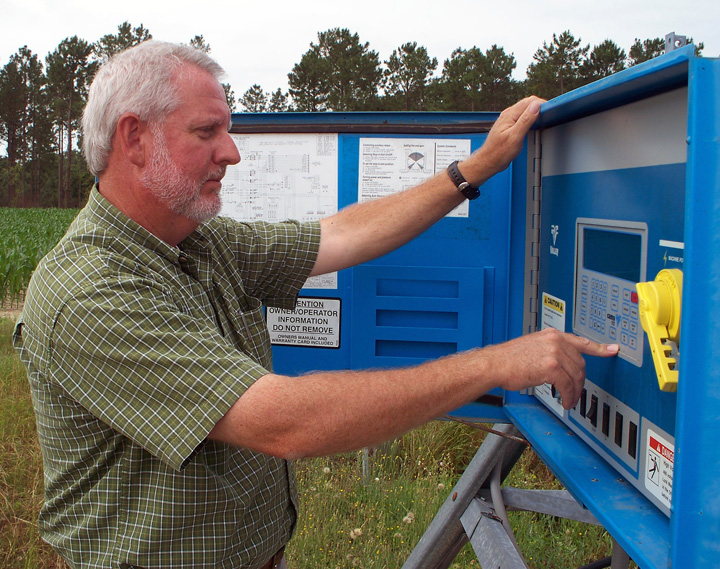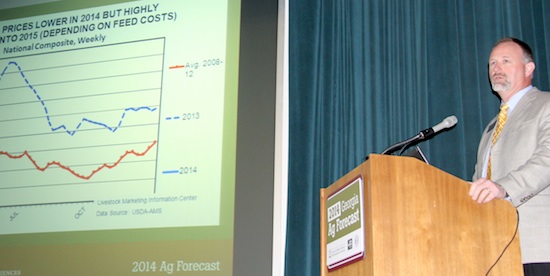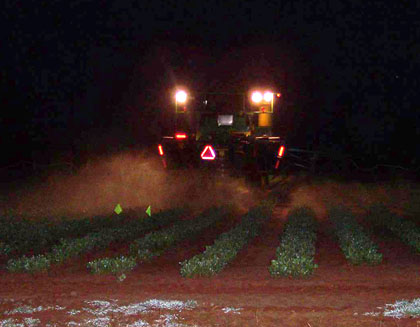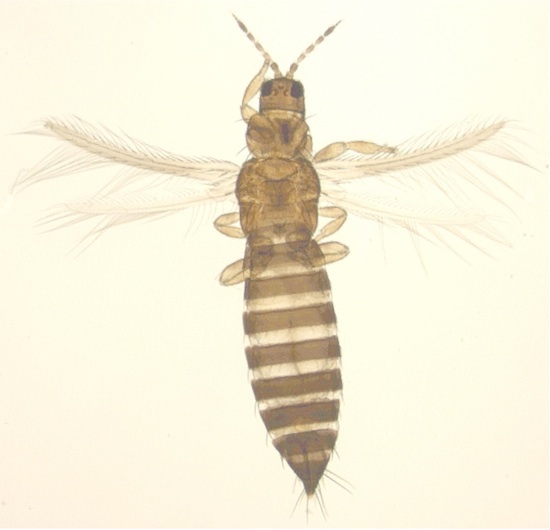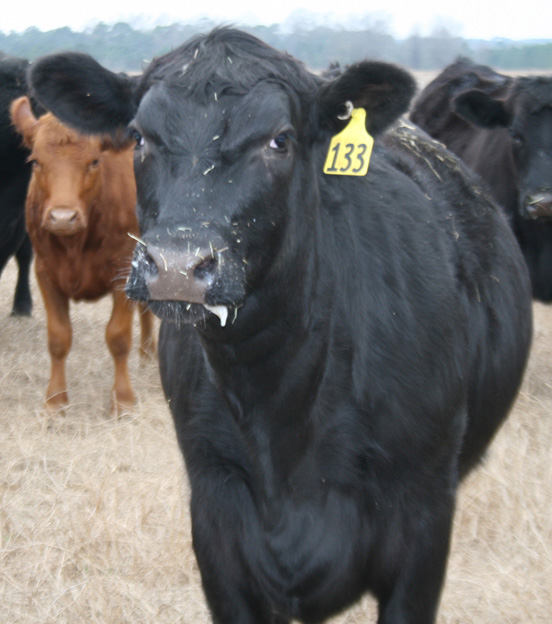 CAES News
CAES News
High Cattle Prices
Georgia cattlemen are struggling to feed their herds and fighting the affects of poor quality forages. With calf prices at a high, selling off stock may be the best option, says one University of Georgia expert.

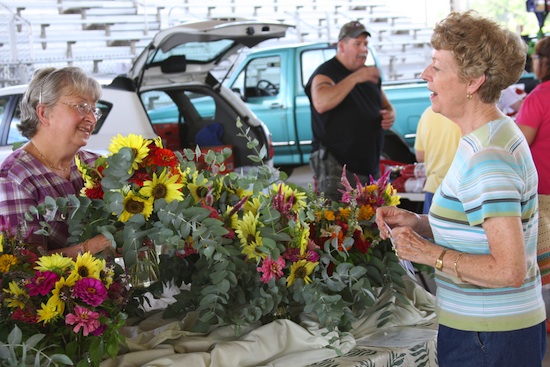
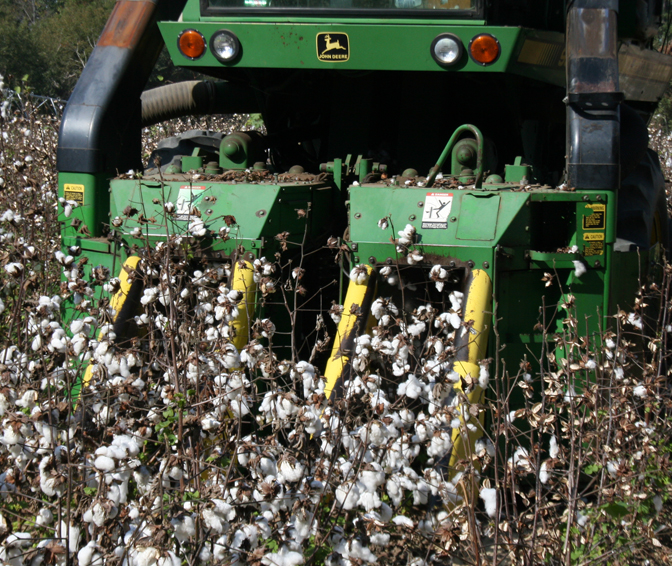
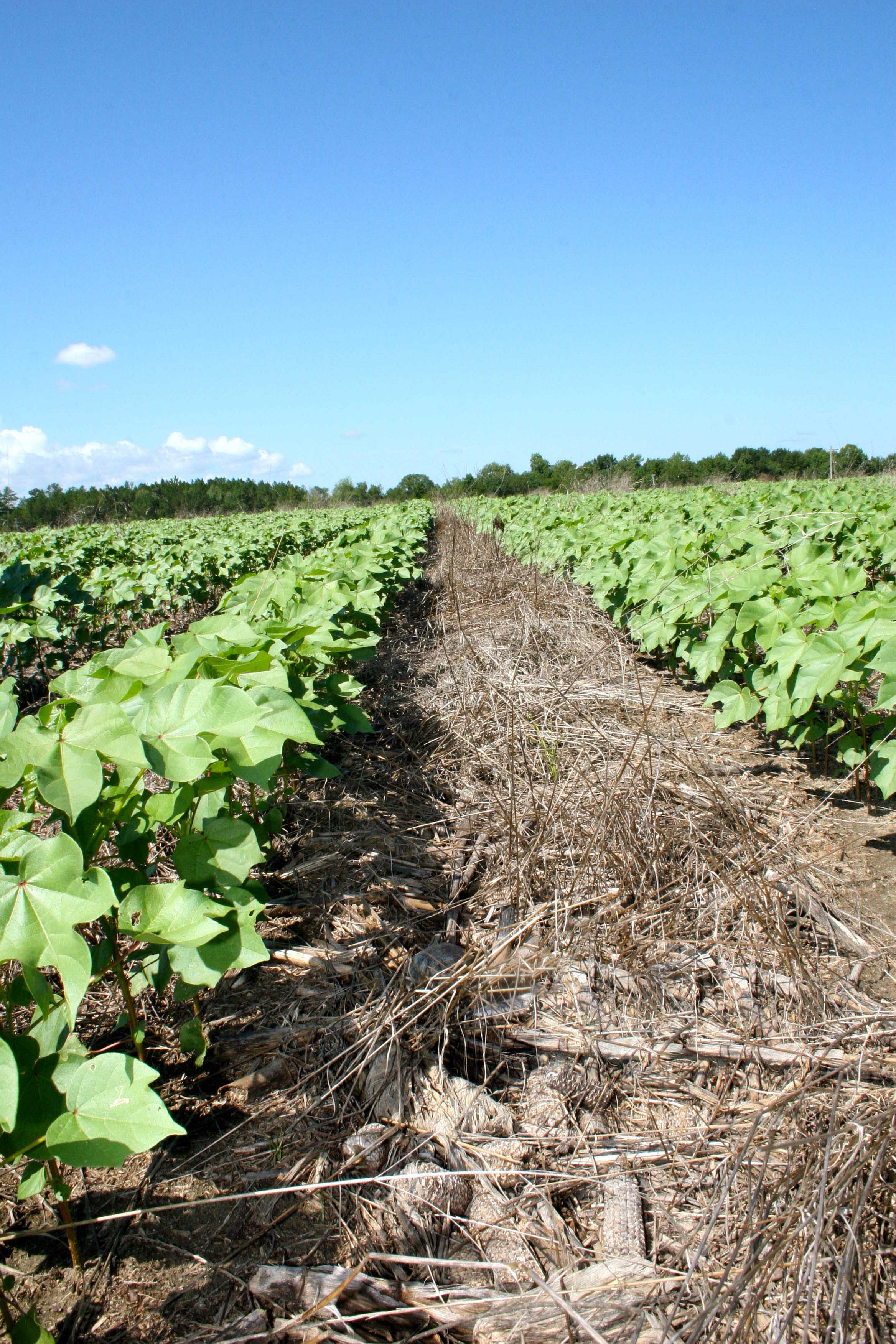
.jpg)
